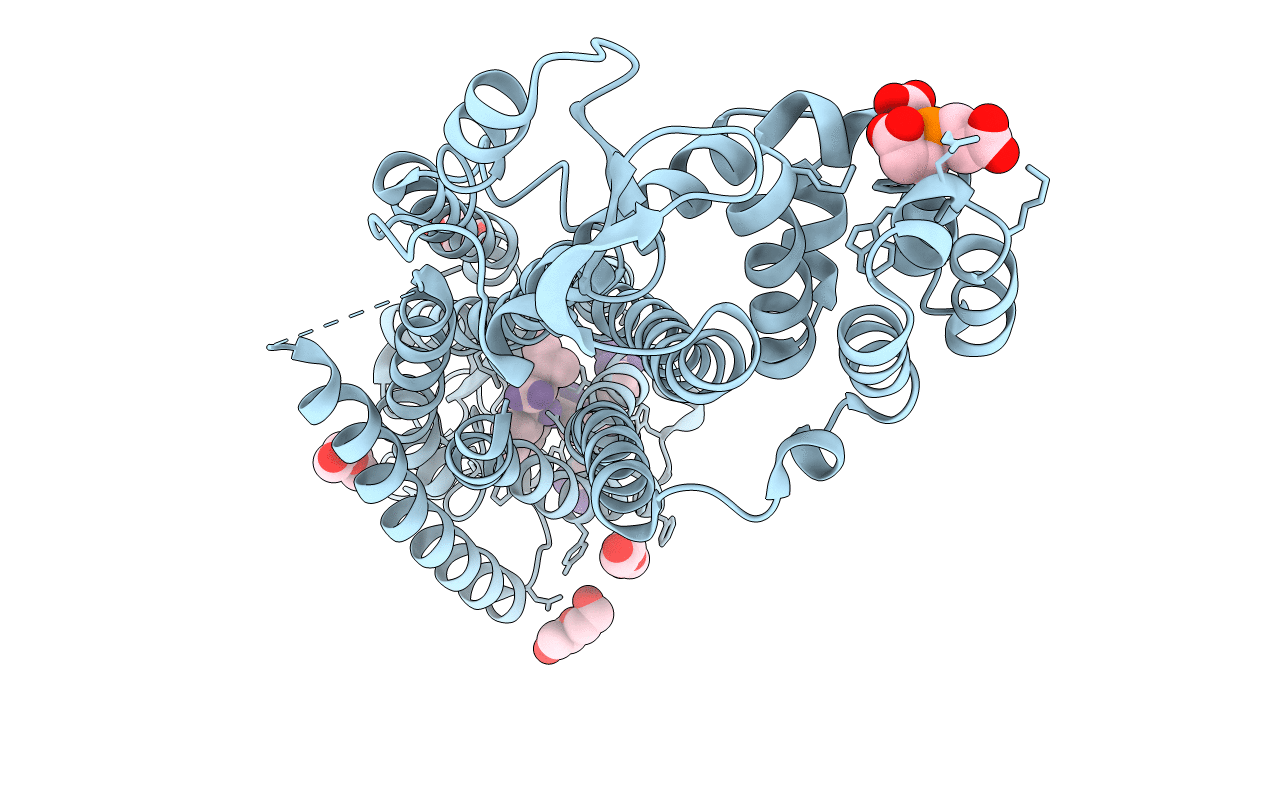
Deposition Date
2016-08-15
Release Date
2016-12-21
Last Version Date
2024-11-20
Entry Detail
PDB ID:
5T04
Keywords:
Title:
STRUCTURE OF CONSTITUTIVELY ACTIVE NEUROTENSIN RECEPTOR
Biological Source:
Source Organism:
Rattus norvegicus (Taxon ID: 10116)
Enterobacteria phage T4 (Taxon ID: 10665)
Enterobacteria phage T4 (Taxon ID: 10665)
Host Organism:
Method Details:
Experimental Method:
Resolution:
3.30 Å
R-Value Free:
0.28
R-Value Work:
0.25
R-Value Observed:
0.25
Space Group:
P 21 21 2


